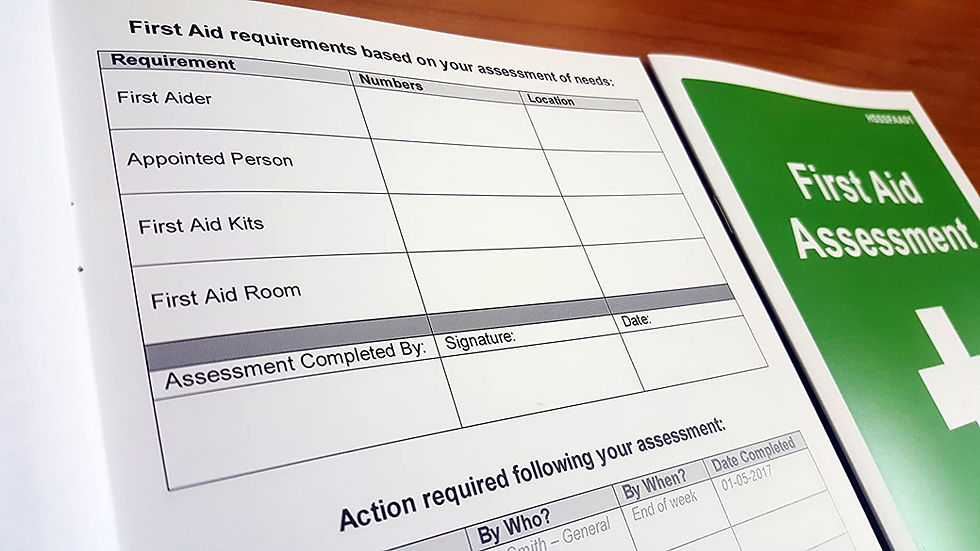Five reasons to use check lists when conducting Health and Safety audits
- Train Direct

- Feb 3, 2021
- 2 min read
Safety audits in any organisation, especially those where auditors deal with complicated, potentially dangerous situations, are crucial. Yet many companies still choose to go over them quickly and inefficiently to simply be seen to comply with legislation.

A great way to avoid this line of thought is to start using checklists. Here’s five reasons why.
1. Checklists allow for easier audits.
Safety audit checklists (especially when performing behavioural safety audits) allow you to conduct a much simpler examination of all potential hazards in the workplace. That way, your auditors will know what type of corrective actions you need to take to fix potential issues. Without checklists, staff usually spend more time performing audit, but identify less problems that need to be fixed.
2. With checklists in place, auditors will not omit specific important criteria.
Safety audits are repetitive in their nature because they’re designed for your auditors to properly inspect every aspect of a specific asset or process. However, people can get sloppy with repetitive task. For example, fatigue can lead to them omitting key items and steps in safety audits because the auditors have become so used to their regular process that they easily let their minds wander. Checklists help keep them focused.

3. Checklists keep auditors organised.
A well-designed safety audit checklist should have specific guidelines that must be followed. This structure help auditors stay organised in conducting the audit and planning their time.
4. Checklists provide accountability.
Using checklists for safety audits or as part of an auditing software program that helps with planning, scheduling, sharing results, and analysing the audit data, means that there’s always a record of which actions were performed. As a result, your auditors will have a greater sense of accountability than if there was no evidence to support their findings.
5. Checklists give staff a sense of security.
Because checklists are powerful tools to ensure safety audits are performed thoroughly, most employees working with the assets and processes involved will feel confident in their safety. This confidence typically leads to greater worker satisfaction, which in turn usually leads to greater productivity and reduced downtime
Summary
With checklists in place, it will be difficult for anyone in your organisation not to take health and safety audits seriously, therefore inspiring those who conduct safety audits to do so with close attention and with an appreciation of the importance of what they are doing.
Keywords: Health and Safety Management, Health and Safety Awareness, Workplace Health and Safety, Health and Safety Audits, Health and Safety Audit Processes.
Train Direct offer the following Health and Safety courses:
Health & Safety in the Workplace - Level 2: 1-day Health & Safety in the Workplace - Level 1: 4-hour DISTANCE LEARNING - Health & Safety in the Workplace - Level 2 DISTANCE LEARNING - Health & Safety in the Workplace - Level 1
Keywords: Health and Safety Management, Health and Safety Awareness, Workplace Health and Safety, Health and Safety Audits, Health and Safety Audit Processes.






Comments